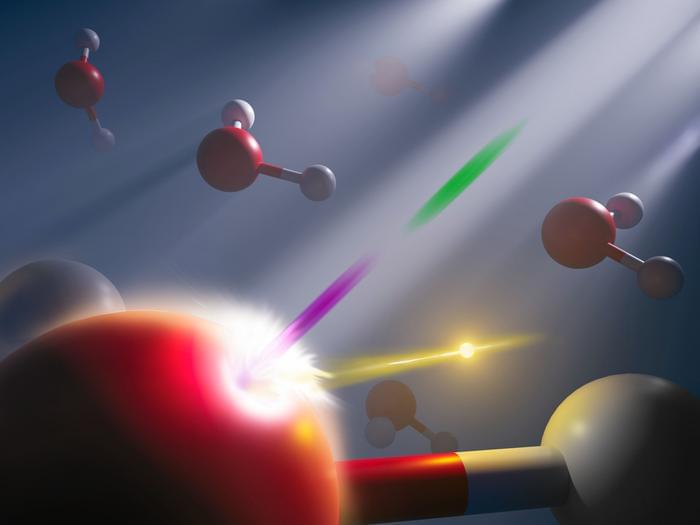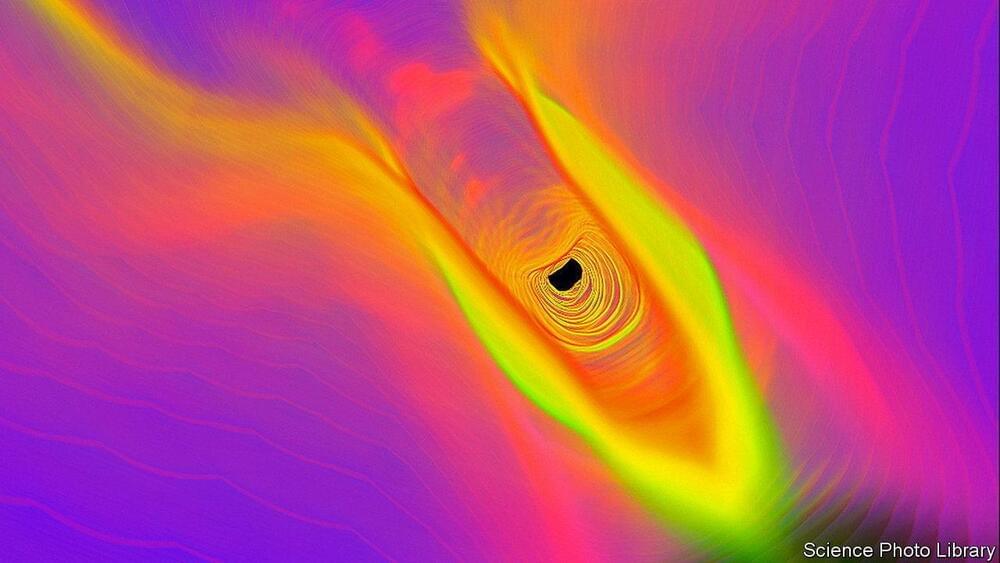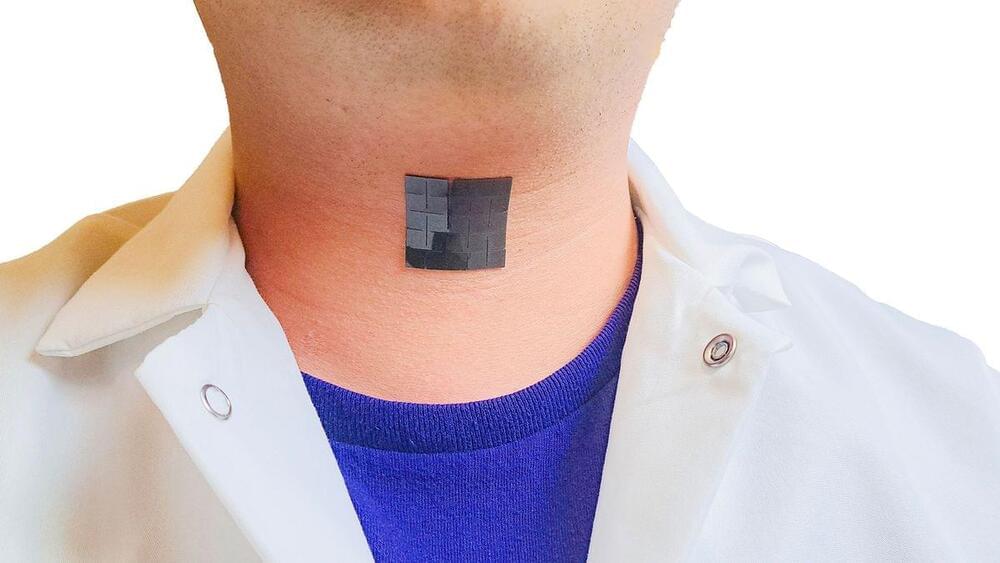In a picturesque corner of England, along dramatic sandstone cliffs, researchers from the Universities of Cambridge and Cardiff have uncovered a wondrous discovery: 390-million-year-old fossilized remains of the oldest forest ever found.
Tantalizingly, this forest is unlike anything you could see in today’s natural environment. As detailed in a new paper in the Journal of Geological Study, the trees — which look like giant 13-foot thistles — are considered some of the first to appear in our planet’s long history.
Another notable feature about these trees, known as Calamophyton, is that they had hollow trunks and were composed of smaller, multiple trunk-like strands ringing the hollow. The smaller trees would expand and eventually grow so thick and big that the entire structure would split apart.







